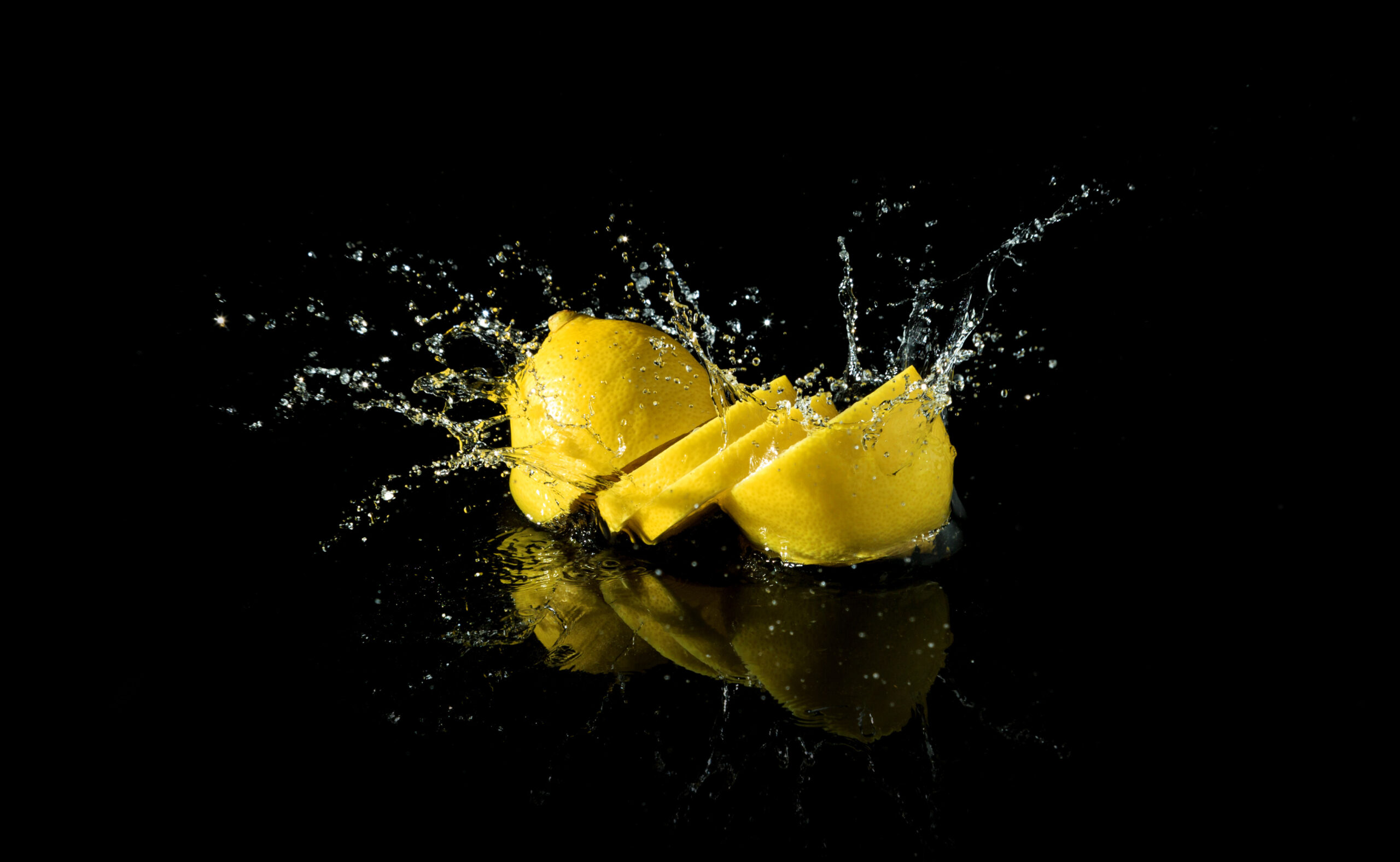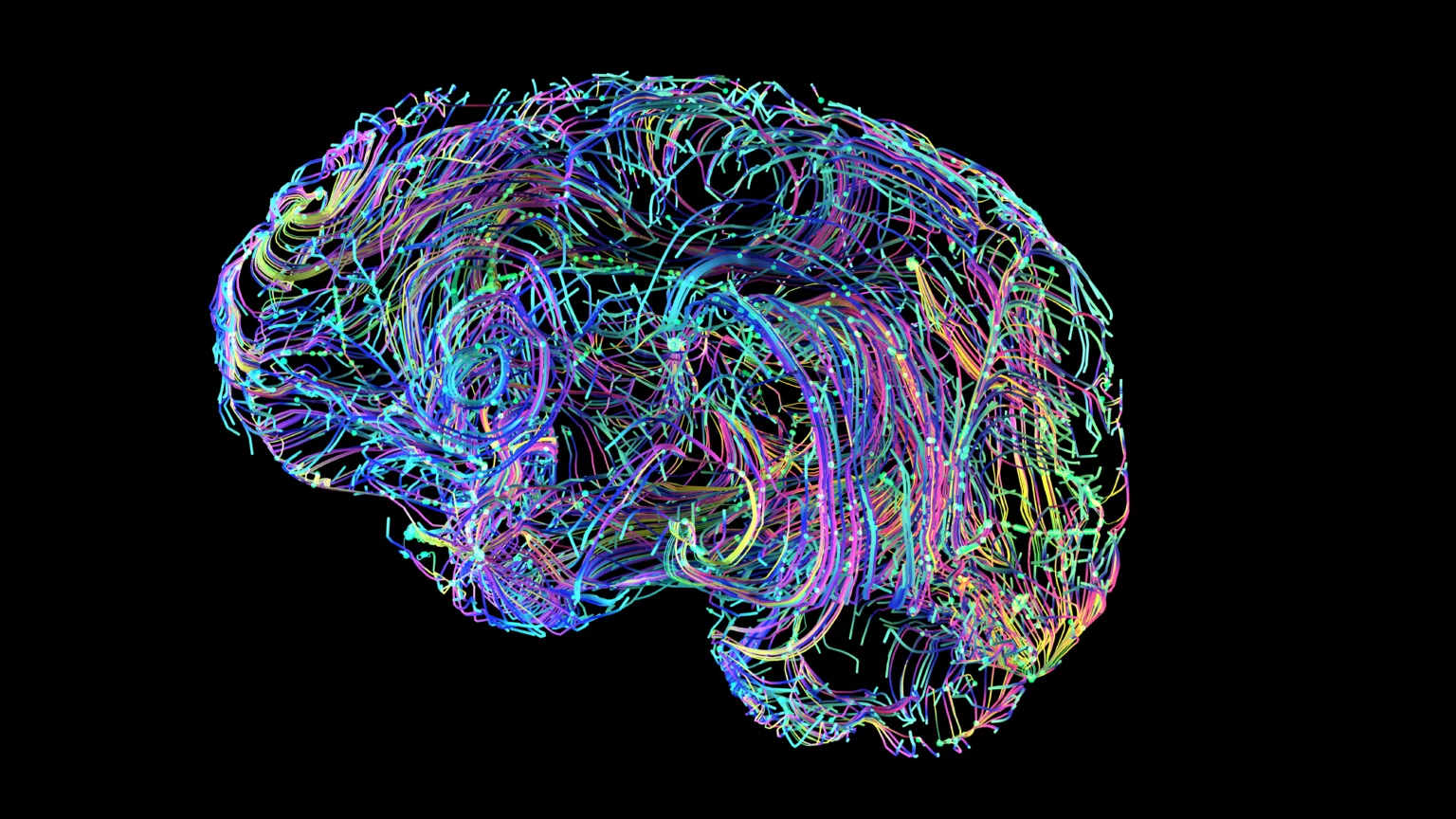In the old days, a functional beverage was what you’d call a full mug of coffee with a retractable lid. And maybe it had a handle on it, too.
But the times are changing, and today’s consumers are expecting more from their beverages than ever before. They want to know if they possess anti-oxidizing qualities, improve focus, reduce stress, stave off illness; if they come with probiotics, protein, cognitive enhancers; if they’ll boost athletic performance, or promote better sleep.
In short, there’s a huge demand for beverages that serve a function above and beyond just quenching thirst or providing necessary calories. In dollars and cents, that demand was estimated to be around $102 billion in 2020.
And counting. In fact, the functional beverage market is estimated to top $216.7 billion by 2028 as holistically-minded consumers continue to search for new and improved ways of promoting their overall health and wellbeing. Functional beverages are offering that and more, in convenient, nutrient dense, and ready-to-drink (RTD) solutions.
So if you’re building a beverage brand, and wondering if it might be a viable candidate for the functional beverage market — keep reading to learn more about what functional beverages are, what form they can take, and the direction in which they’re headed.
Functional Beverages, Explained.
Functional beverages, broadly construed, are drinks that promise health benefits in addition to their basic nutritional content. In its infancy, the functional beverage market was synonymous with energy drinks, but it has since evolved to include a whole host of other products (that some experts feel are going to eclipse the energy drink in popularity).
The benefits promised by these beverages are linked to their added nutrients — e.g. antioxidants, fibers, minerals, vitamins, etc. Some of the most popular ingredients include bioactive compounds like:
- Vitamins: Vitamins and minerals feature prominently in beverages that are used for boosting immunity
- Collagen: A Protein involved in skin and cosmetic health
- Prebiotics and Probiotics: Microorganisms that can play a big role in promoting digestive health and immunity
- Nootropics: Chemicals often called “Smart Ingredients” for their observed effect on cognitive functioning
- Botanicals: Plant extracts that have long been used in ancient traditions and medicine
As you can see, consumers are moving away from just caffeine by itself, and instead looking for beverages that can help them improve their overall health with more targeted, diverse ingredients. In fact, consumers of functional beverages are most commonly looking for something that can do one or more of the following: quench thirst; support exercise recovery; boost vitamin intake; support general health; and increase energy.
Top functional beverage contenders include kombucha, celebrated for its high concentration of probiotics, electrolyte-infused water for greater hydration, and coffee-based drinks made with plant-based dairy alternatives — like the ever popular oat milk latte. But, given the constantly evolving, cutting-edge nature of the functional beverage market, it’s likely we’ll be seeing a lot more and different kinds of beverages being introduced all the time.
FORM AND THE FUNCTIONAL
The functional beverage market is a massive and growing one, but it is by no means homogeneous. It comprises a number of categories segmented by feature, ingredients, and packaging, and it’s this variety that makes the market such an exciting and innovative one.
Feature

Not all functional beverages are the same, nor do they confer the same benefits to those who drink them. Hydration, energy and rejuvenation, health and wellness, weight management — these are just a few of the feature-based categories into which we can organize the variety of functional drinks.
The health and wellness group in particular was the largest segment of functional drinks in 2020, accounting for 60.7 percent of all functional beverages sold, driven in no small part by the recent push and interest in supporting immunity. Moreover, the health and wellness subgroup is estimated to be the fastest growing segment in the near future, particularly as 56 percent of global consumers are “very concerned” about their personal health and the health of their family and friends.
Ingredients

Another way of thinking about and segmenting the functional beverage market is by major ingredients. Examples include energy drinks, which often contain caffeine, taurine, and other stimulants; fruit and vegetable juices; herbal and fruit teas; dairy and non-dairy beverages, and others.
The energy drinks segment held a commanding market share of 20.9 percent in 2020, and is expected to grow by a minimum of 7.24 percent through 2026 as interest in energy-boosting and fitness-improving products increases.
Packaging

In addition to what goes inside them, the global functional beverage market can also be segmented according to how the drinks are packaged and distributed. For instance, functional beverages can come in a glass, metal, or plastic bottle, tetra pack, sachet, or tin can, among others. It’s also worth noting that the packaging of a functional beverage is often directly correlated to its ingredients: new ingredients require different kinds of preservation, which affects the size, shape, and composition of the containers.
Today’s consumers are also more eco-conscious than ever before, and are embracing brands that provide sustainable and environmentally friendly packaging solutions — i.e. bottles made from recyclable plastics or plant-based materials, as well as smaller, convenient containers for a more RTD experience.
Thinking (and Drinking) Ahead

Going by the numbers alone, the future is most definitely functional. A growing, aging, and ever more health-conscious consumer population has expressed overwhelming interest in functional beverages, and stakeholders have taken notice. In 2019 alone, venture capitalists invested over $170 million into the market space, indicating a high-level of confidence in where trends are headed.
At the same time, the functional beverage market is a highly active space, and brands looking to make a splash need to find ways to stay ahead of the competition.
Looking to stay on top of the latest beverage industry trends? Check out our blog and follow us on Instagram and LinkedIn to stay in the loop on everything beverages.
